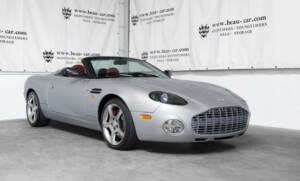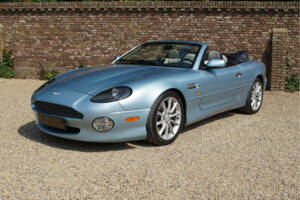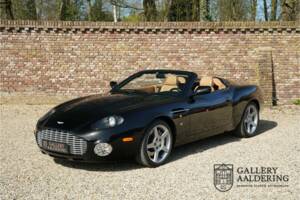- Automobil
- Aston Martin
- Aston Martin DB 7 (29 Angebote)
Aston Martin DB 7 classic cars for sale
The Aston Martin DB7 stands out as one of the most significant Grand Tourers of the 1990s and early 2000s, combining cutting-edge engineering with British coachwork. From its straight-six origins to the formidable V12 Vantage, the DB7 expanded Aston Martin's audience and remains a much-discussed modern classic. Explore available DB7 classics and discover what makes each version so compelling.
Suchergebnisse
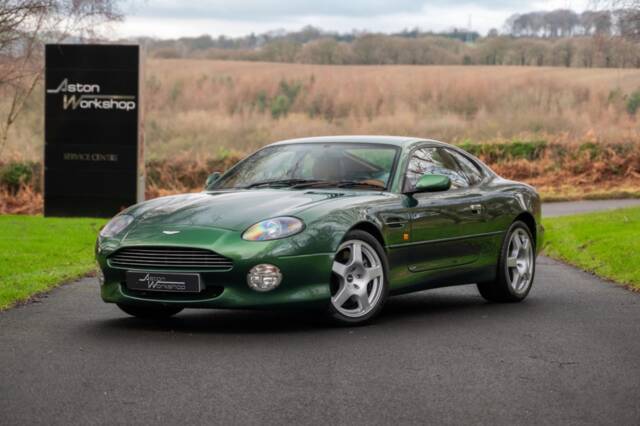
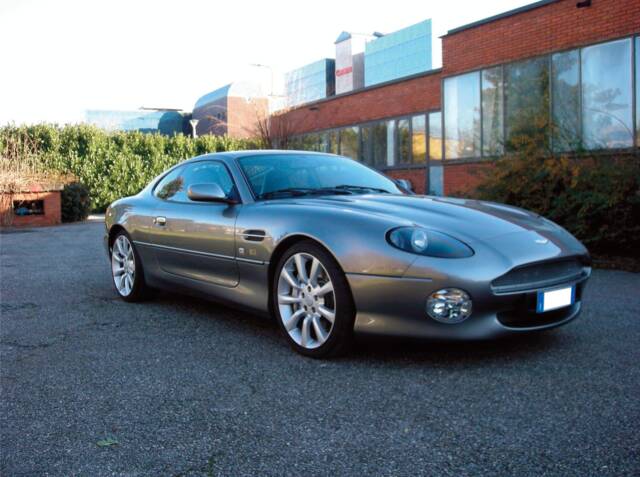
2003 | Aston Martin DB 7 GT
Rare 6 Speed Manual – Collector’s Opportunity
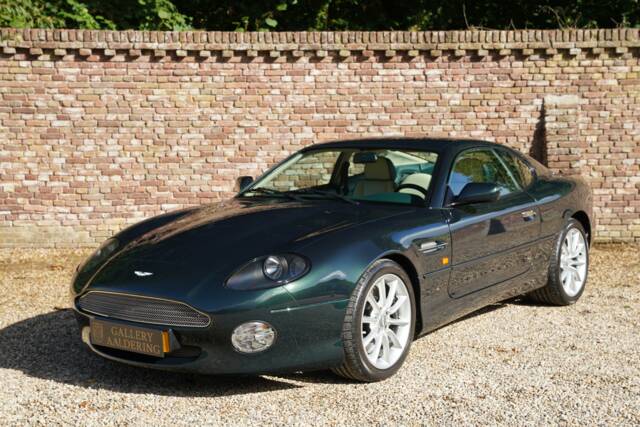
2001 | Aston Martin DB 7 Vantage
Aston Martin DB7 Vantage "Pentland Green" In 'aston'-ishingly good condition, Finished in "Pentland Green" with "Forest and Fawn" (Parchment) leather, A Touchtronic transmission model, The original book pack is available, Delivered new to the Netherlands, Executed with 'framed' wire grille and 10-spoke "Classic" wheels, Aston Martin dealer/specialist serviced
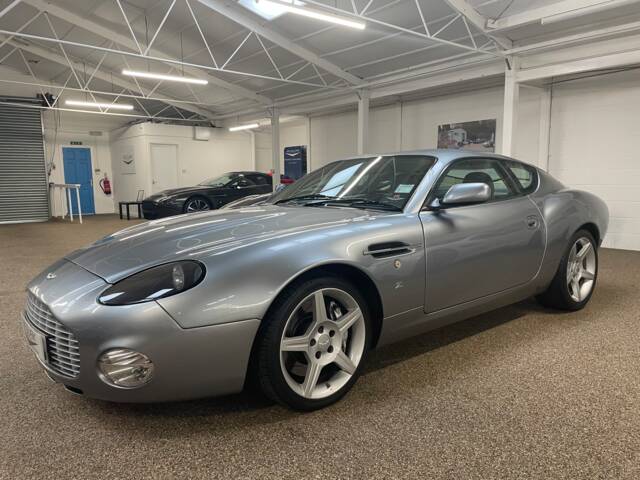
2004 | Aston Martin DB 7 Zagato
Aston Martin DB7 Zagato 2004 Manual
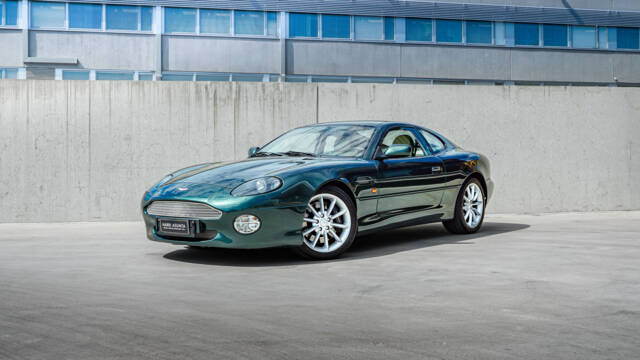
2000 | Aston Martin DB 7 Vantage
manual 6-speed low kms collector quality
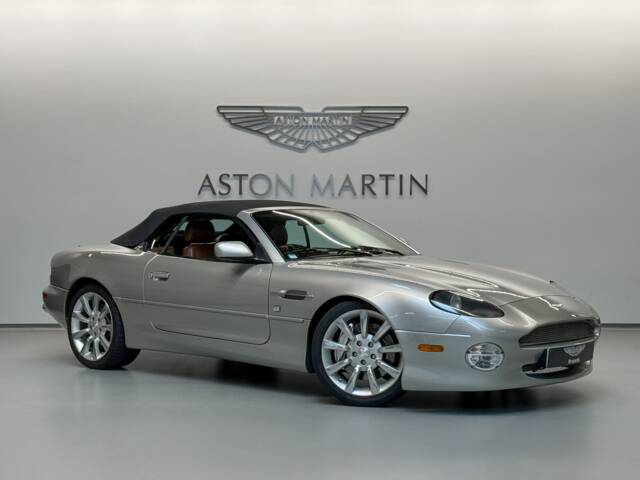
2003 | Aston Martin DB 7 Vantage Volante
Aston Martin Brussels

2003 | Aston Martin DB AR1
AR1 Zagato

2000 | Aston Martin DB 7 Vantage Volante
Aston Martin DB7 Vantage Volante Low mileage and cherished example, Offered with original handbook and service book, Attractively trimmed in a twotone leather, A very desirable V12 tourer in very good colour combination

1998 | Aston Martin DB 7
ASTON MARTIN DB7 V12 COUPE Manual low mileage 1998
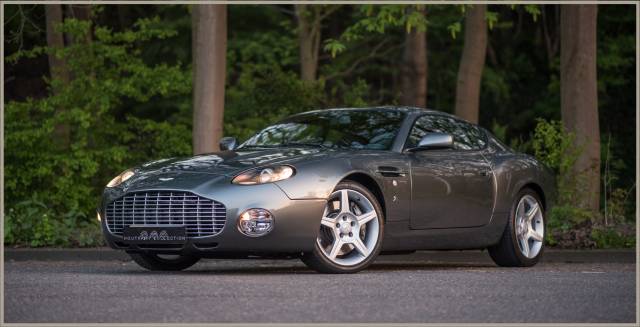
2004 | Aston Martin DB 7 Zagato
1 of only 99 built

2004 | Aston Martin DB AR1
Aston Martin DB AR1 Zagato "№ 27 of 99" Very rare and unique "Double Bubble" hardtop equipped, "Bowland Black" with a diamond-pleated biscuit leather interior, Regularly used by previous owner and collector because of the DB AR1's driving characteristics, № 27 (99 built) of the limited-edition "American Roadster" by Zagato and Aston Martin

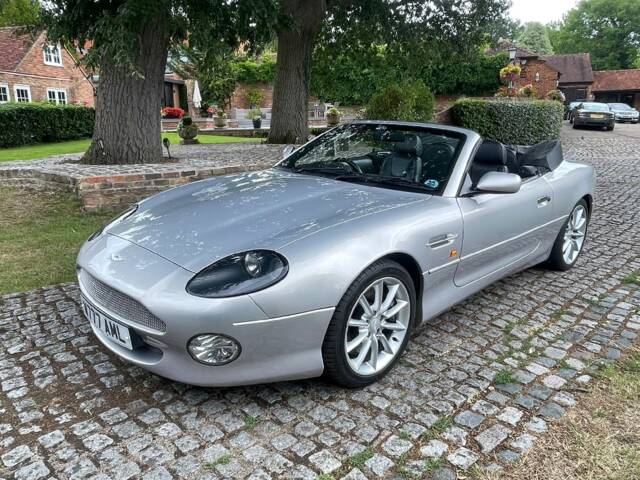
2000 | Aston Martin DB 7 Vantage Volante
2000 Aston Martin DB7 Vantage Volante. Very rare manual version (only 118 built) in perfect condition with only 41000 miles covered. Finished in Stornoway Silver with black mohair hood, black leather interior and walnut dash.
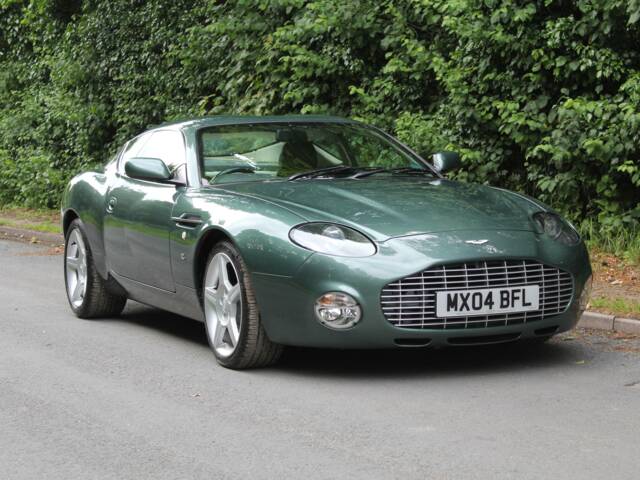
2004 | Aston Martin DB 7 Zagato
2004 Aston Martin DB7 Zagato
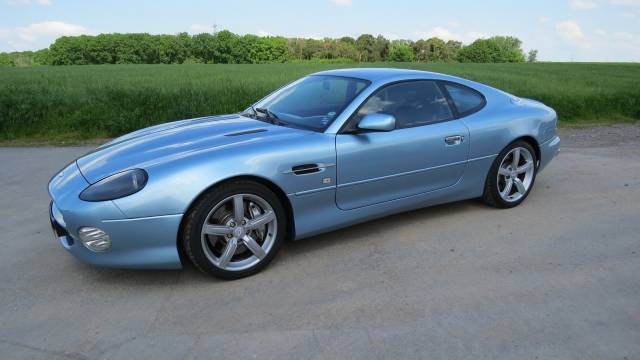
2004 | Aston Martin DB 7 GTA
Rarity - 1st owner - only 112 vehicles worldwide
History of the Aston Martin DB7
In 1993, Aston Martin unveiled the DB7 at the Geneva Motor Show, signalling a strategic shift for the marque during its Ford-owned era. Tasked with renewing the traditional 'DB' series, the DB7 was the first new model in decades to forego the V8, initially using a supercharged straight-six derived from Jaguar, before ultimately offering a 5.9-litre V12. The car's development brought together a Jaguar-derived chassis, expert reengineering, and the sleek lines of Ian Callum's design. Built at Bloxham, the DB7 represented a complete redefinition of the brand, emphasising modernity, performance, and everyday usability. Production ran from 1994 to late 2003, with the DB7 directly setting the stage for the Aston Martin DB9.
Model Series Development and Timeline
The DB7 did not have a direct predecessor within the Aston Martin range but borrowed heavily from Jaguar XJS underpinnings and the cancelled Jaguar XJ41/XJ42 projects. Initial models delivered a 3.2-litre supercharged inline-six with an output of roughly 335 bhp. In 1999, the DB7 Vantage debuted, introducing a 420 bhp 5.9-litre V12, facelift styling, and significantly enhanced dynamics. Production included coupé and Volante (convertible) versions. The DB7 platform later inspired certain elements of the Jaguar XK8. In 2004, the DB7 gave way to the Aston Martin DB9 as successor.
Highlights and Unique Characteristics
The DB7 was a pivotal model for Aston Martin, both technologically and commercially. Key aspects include the transition to a modern manufacturing process with steel monocoque construction (a rarity for the brand), and the debut of the V12 engine in the Vantage model. Notably, the DB7 Volante offered one of the most refined open-top GT experiences. Special features included bespoke Bridgestone tyres, extensive luxury trimmings, and advanced comfort options for its era.
Technical Data
Special Editions and Collectible Models
Throughout its lifetime, the DB7 inspired multiple limited special editions, each targeting discerning collectors and enthusiasts:
- DB7 Dunhill Edition: About 80 units, featuring unique interior and exterior elements in collaboration with Alfred Dunhill.
- DB7 GTS: Around 50 cars, focused on sporty styling and equipment upgrades, including exclusive wheels.
- DB7 GT and GTA (2003-): Final iterations with 420 PS, improved brakes and suspension, limited to 85 (GT) and 112 (GTA) examples, exclusive styling cues like mesh grilles and Recaro seats.
- DB7 AR1 (American Roadster 1): Only 99 made, strictly for the US market, pure two-seater, powered by the 6.0-litre V12, famed for its lack of a standard roof (optional Zagato hardtop only).
- Additional rarities include the Neiman Marcus Edition and the 2003 Anniversary Edition (only 30 built) to commemorate the end of production.
Weak Spots and Common Issues
DB7s, while engineered to high standards, require vigilance for certain mechanical and cosmetic issues. The supercharged six-cylinder models are known for possible head gasket and supercharger belt wear. The V12 models require consistent maintenance of the cooling and electrical systems, as well as regular inspections of the ZF transmission. Both versions can develop corrosion issues, especially around chassis points with steel construction. Suspension bushings and electrical items (windows, alarm systems) may need periodic attention. Interior veneer and leatherwork, while luxurious, require careful upkeep to prevent wear and discolouration. Regular, documented service history is crucial for safeguarding value and reliability.
Engine, Transmission and Driving Dynamics
The DB7 delivered performance that placed it firmly among Grand Tourers of its period. The early 3.2-litre supercharged six-cylinder propelled the car from 0 to 100 km/h in under 6 seconds, with a top speed around 265 km/h. The V12 Vantage further improved these numbers, sprinting to 100 km/h in about 5 seconds (or as fast as 4.9 seconds in some special editions), achieving a maximum speed of 298–300 km/h. Both manual and automatic (Touchtronic, Switchtronic/Tiptronic) transmissions offered refined or dynamic driving, depending on selection. The DB7 was praised for its combination of high-speed composure, luxury ride quality and agile handling, especially in later GT/GTA models, thanks to revised suspension and braking systems. - DB7 i6 Coupé/Volante: 3.2-litre, 335 PS, known for balance and exclusivity (2,461 produced)
- DB7 Vantage Coupé/Volante: 5.9-litre V12, 420 PS, most popular configuration (4,957 produced)
- DB7 GT/GTA: Ultimate development of the model, top spec, highly collectable (GT: 85, GTA: 112)
- AR1: Pure two-seat roadster for US market only, 99 examples
Interior, Comfort and Exterior Design
Designed by Ian Callum, the DB7 features elegant proportions, a long bonnet, and a beautifully contoured rear. The coupé’s silhouette is sleek and timeless, while the Volante’s fabric roof required no compromises in aesthetics. Paint palette options were extensive, including various shades of green (such as British Racing Green), silver, black, and blue. Interiors offered a selection of leathers and contrast piping, with premium materials such as wood, aluminium or carbon fibre inlays (depending on trim). 2+2 seating was standard, with select special editions like the AR1 opting for a strict two-person configuration. Notable accessories included special Recaro sports seats (GT/GTA), wind deflectors for convertibles, bespoke sound systems and limited-edition interior packages (e.g., Alfred Dunhill Edition).
Other Relevant Features
Standard and optional equipment on the DB7 was extensive for its era, including automatic climate control, heated power seats, high-end audio and navigation, alarm and immobiliser, and up to 19-inch alloy wheels on special editions. Distinct elements like mesh grilles, boot spoilers, unique exhaust setups and double-bubble hardtops (inspired by Zagato) were found on rarer variants. The DB7’s usability as a daily classic was complemented by generous luggage space for a GT, although convertible luggage room is limited.
Summary
With over 7,000 units produced and a reputation for blending British performance with luxury, the Aston Martin DB7 is frequently considered a modern milestone for the marque. Its unique position in the Aston Martin lineage, range of powerful engines, luxurious appointments, and broad choice of special editions make it a consistently relevant choice among classic car enthusiasts. DB7 models represent the bulk of Aston Martins for sale and in demand on Classic Trader, a testament to their importance on the classic market.






